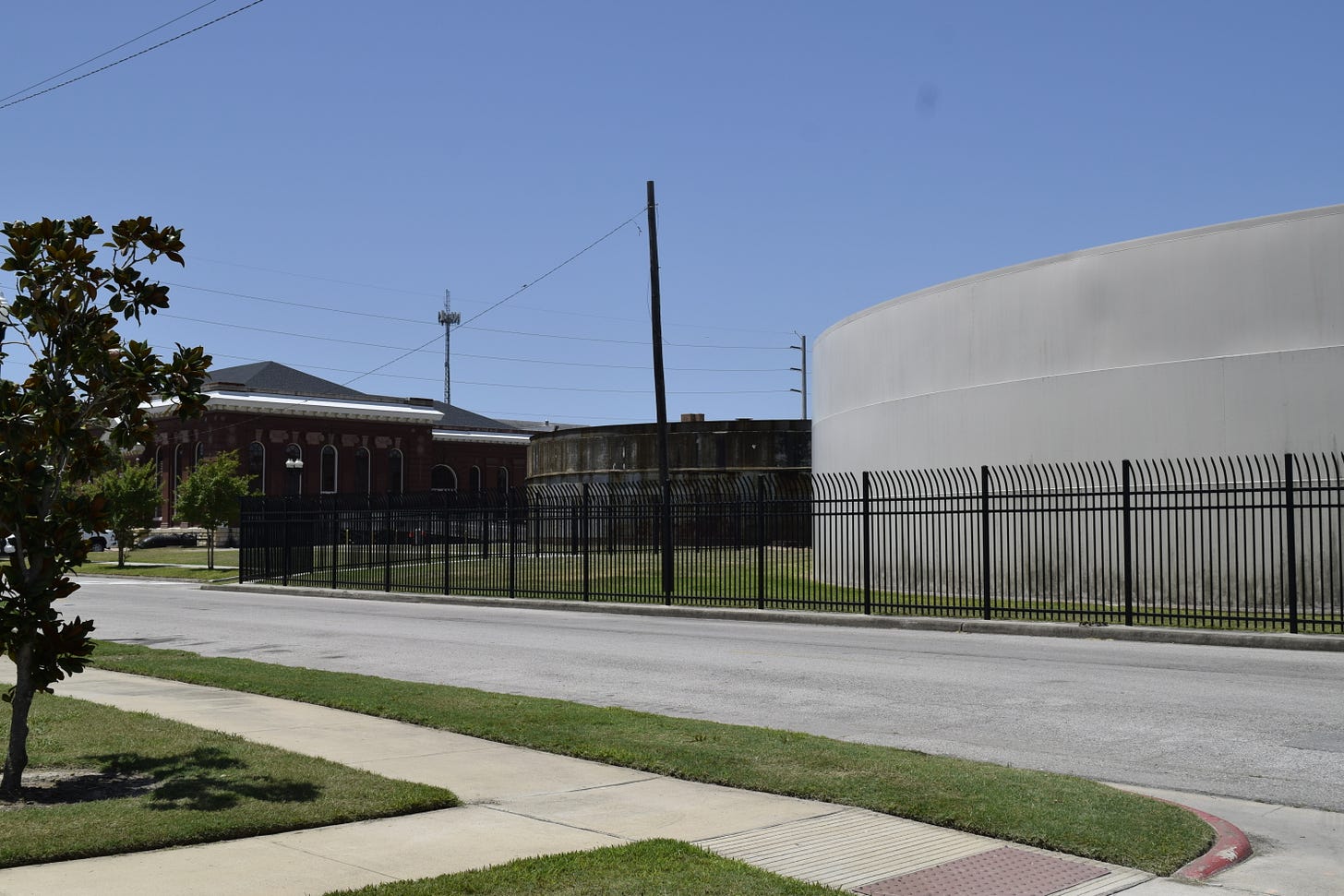The climate change STEW and the looming infrastructure failures
Climate change is rapidly eroding safety margins on critical infrastructure protections, and government regulatory agencies must engage now.
STEW - Sewer infrastructure, Transportation infrastructure (in particular elements of the chemical, oil, and gas supply chain including ports, rail, storage, and pipelines), Electricity infrastructure, and Water supply infrastructure present most of the infrastructure related safety hazards faced by the public.
Today, it is well understood that the increasing frequency and severity of flood, fire, and extreme temperatures is challenging the integrity of these critical infrastructure. The truth is, we are already operating “Climate Changed STEW.”
The elements of our critical infrastructure are also safety-critical … that is, our critical infrastructure presents hazards with potential public and environmental health consequences if they are damaged or fail to function properly. Flooded municipal wastewater treatment facilities present obvious public health issues; failures in the midstream chemical transportation network protections potentially poison the public and the environment; uncontrollable critical electric energy shortages and outages endanger everyone; frequent disruptions in the drinking water supply due to strained or damaged treatment operations immediately induce community health crises. Such possible consequences must be mitigated with engineered prior protections And, almost unnoticed by society, the integrity of safety-critical protections that safeguard us from the hazardous consequences of critical infrastructure failures are the domain of government regulatory agencies operating at the federal, state, and municipal levels.
Once-adequate protections, engineered and built decades ago, no longer offer the safety margins needed to confidently defend against severe the hazards induced by extreme climate activity.
Furthermore, ongoing international efforts to curb climate change are not being taken-up rapidly enough for existing safety margins to remain effective.
Reality is: We will not avoid climate change; so, we must move immediately protect ourselves from the hazardous effects of climate change induced infrastructure failures.
Of course, the elements of Climate Changed STEW do not operate independently. For example Transportation infrastructure failures can quickly induce an Electricity infrastructure failure; Sewer infrastructure failures can lead to Water infrastructure failures, and so on. To say the least, the Climate Changed STEW is complicated.
Surviving an increasing onslaught of extreme and frequent weather events will fall to regulators who must in a timely manner create the rules that ensure critical infrastructure protection are designed with sufficient safety margins. Complicating the regulatory process is decentralized regulation.
Regulators are spread across all levels of government … federal, state, and local. Because our regulators are largely uncoordinated, protection design rules that capture inter-dependencies among infrastructure elements are difficult to craft. Nonetheless the safety margins needed for the four element of the STEW critical infrastructure cannot be developed independently.
So, where do we go from here? First, we must realistically understand that re-engineering the safety-critical protections on the STEW infrastructure will be profoundly expensive .. but, not nearly as expensive failing to defend public health against climate change induced catastrophes. Second, we must accept that the regulatory process is political: legislators create regulatory agencies, while executive politicians (mayors and city councils, governors, presidents) oversee regulatory agencies.
Of course, the principal concern of most politicians is getting re-elected. And, getting re-elected requires money. Everyone understands that politicians are responsive to campaign contributors … insofar as the money will deliver votes. For decades, the forces favoring deregulation have marketed a narrative of regulation as infringement on personal liberty, and they have been politically active providing campaign dollars to candidates who would champion the narrative while taking direct political action to advance deregulation. Of course, deregulation is an economic agenda that has little to do with personal liberties.
The global politics of climate change are overwhelming. However, the national, state, and local politics of deregulation are approachable.
STEW catastrophes are always local. The decentralized nature of our regulatory structure actually empowers voters since regional voters have voice to address regional hazards. Voters must exercise influence at all levels of government (local, state, and federal) by insisting that the growing likelihood of dangerous STEW infrastructure failures be addressed now. Voters must create their own narrative: Safety regulations requiring the operational the integrity of STEW infrastructures protect the personal liberties of the citizens who finance and depend on them.
Ultimately, climate change is an important issue because it is a safety issue. Our most immediate and effective means of managing public and personal safety is through effective regulatory oversight of safety-critical technologies … including STEW. Our political process is often ponderous, inefficient, and unjust, and the politics of regulation are no exception. But, relying only on global efforts to arrest climate change to ensure the safety of people and the environment is foolhardy.
While climate change is a global event, STEW failures induced by climate change are all very local.
We must be more agile to survive. For all of its warts, the politics of regulation present the best opportunity to defend ourselves and the planet from the effects of climate change … at least in the near term.




